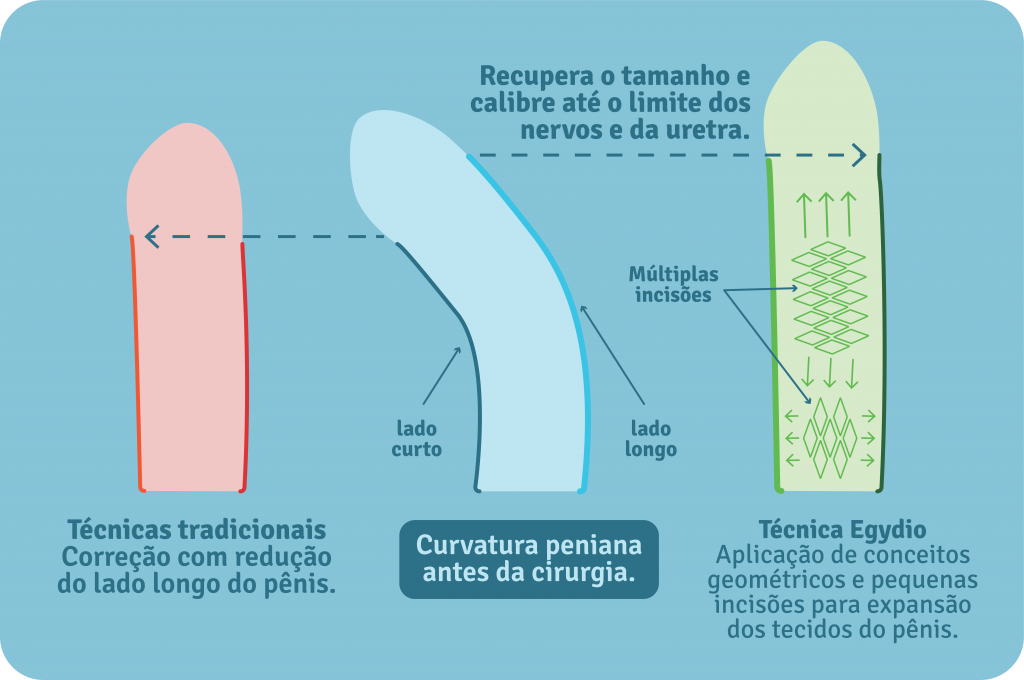
- schedule your appointment
- Phone: 011 2533-6152
Learn more about Peyronie's Disease treatment and how we can help.


 To choose the type of procedure to be performed, we evaluated the degree of curvature, erectile function and the size of the patient's penis. Surgery is indicated for Peyronie's disease in 4 cases:
To choose the type of procedure to be performed, we evaluated the degree of curvature, erectile function and the size of the patient's penis. Surgery is indicated for Peyronie's disease in 4 cases:

Rua Joaquim Floriano, 960 – Conjunto 22 Itaim Bibi SP
Whatsapp / Phone
011 2533-6152
Technical manager:
Dr. Marco Túlio Cavalcanti - CRM: 136.030






Sueste Plaza – Rua Joaquim Floriano, 960 – Conjunto 22 | Itaim Bibi, São Paulo – SP, Brazil.
Private valet parking. See values.
WhatsApp: 011 2533-6152
Phone: 011 2533-6152
Monday to Friday from 08 pm at 20pm.
Saturday – Check availability.
Dr. Marco Tulio Cavalcanti
CRM: 136.030 | EQR: 56669